A Single Community Dominates Structure and Function of a Mixture of Multiple Methanogenic Communities
Data and Resources
-
Open Access PDFPDF
Current Biology
-
Publisher TDM LinkAPI
Current Biology
-
Publisher TDM LinkAPI
Current Biology
Additional Info
| Field | Value |
|---|---|
| Source | |
| Version | |
| Authors |
|
| Maintainer | |
| Maintainer Email | |
| Article Host Type | publisher |
| Article Is Open Access | true |
| Article License Type | elsevier-specific: oa user license |
| Article Version Type | publishedVersion |
| Citation Report | https://scite.ai/reports/10.1016/j.cub.2017.09.056 |
| DOI | 10.1016/j.cub.2017.09.056 |
| Date Last Updated | 2019-06-15T07:25:18.522571 |
| Evidence | open (via free pdf) |
| Funder code(s) | Biotechnology and Biological Sciences Research Council (BB/K003240/1); Royal Society (); AXA Research Fund (); Institut National de la Recherche Agronomique (); NERC (); Institut Carnot 3BCAR () |
| Journal Is Open Access | false |
| Open Access Status | bronze |
| PDF URL | http://www.cell.com/article/S096098221731254X/pdf |
| Publisher URL | https://doi.org/10.1016/j.cub.2017.09.056 |
